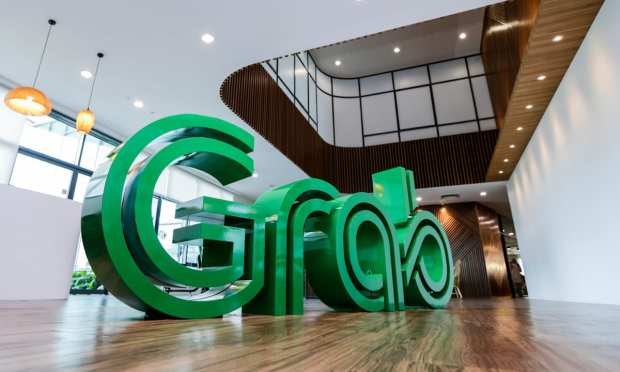Grab’s Super-Sized SPAC IPO Underscores The Rise Of The Super App

Tens of billions of dollars is a lot of validation. Grab Holdings, billed as Southeast Asia’s biggest technology platform, announced on Tuesday (April 13) that it would go public through a SPAC merger. In a release, the company said it would list on the tech-heavy NASDAQ exchange, merging with Altimeter Growth Corp., a SPAC that is sponsored by Altimeter Capital. The Wall Street Journal reported that the valuation stands at about $40 billion.
And while the Street may herald the eye-popping valuations – the largest valuation to date in the SPAC space – and the fact that the deal would give Grab about $4.5 billion in cash proceeds, the deal itself represents yet more affirmation of the rise of the super app.
Simply put, the super app exists (and has evolved into) an app that gives users access to a broad range of services, with a single point of entry and navigation across a platform. In Grab’s case, those services evolved from its roots as a taxi-booking app, and now span everything from ride-hailing to food delivery to microfinance, with payments integrated into the mix through the GrabPay wallet. In part, the super app offers a way for the unbanked – who have access to mobile phones but not traditional financial services – to get what they need throughout their daily lives, and pay for it all. As reported in this space, a significant percentage of Southeast Asia’s population is unbanked.
In its April 13 release, the company said that “Southeast Asia is one of the fastest-growing digital economies in the world, with a population approximately twice the size of the United States. Yet online penetration for food delivery, on-demand mobility and electronic transactions are a fraction of the U.S. and China.”
TAM Grows By Leaps And Bounds
Within the key markets of food delivery, ride-hailing and digital wallet payments, Grab said it expects its total addressable market to grow from approximately $52 billion in 2020 to more than $180 billion by 2025.
In presentation materials that accompanied Grab’s SPAC announcement this week, the company said that it had 25 million monthly recurring users as of December 2020, tied to $12.5 billion in gross merchandise value in 2020. Though deliveries and financial services are growing at triple-digit percentage rates, penetration has been markedly low.
The company estimated that penetration of the online food delivery space is 11 percent in southeast Asia, compared to 21 percent in China and the U.S. Penetration of on-demand mobility is only 3 percent in Southeast Asia and 15 percent in China. Digital financial services penetration in Southeast Asia is 17 percent, where the “banked population” is only 60 percent, according to the materials.
Interestingly, Grab noted in the materials that in the development of what it defines as the “highly synergistic” ecosystem across those services, the gross merchandise value for mobility and delivery shows “bigger and faster” spending by consumers on an indexed basis, where spending from consumers who joined, say, in 2016 increasing by multiples in 2020, despite the impact of the pandemic.
The ripple effect is palpable: As GMV grew by double-digit percentages through the last few years, so too did the adjusted net revenue. The company estimated that the last few years of top-line grew by a 96 percent compound annual growth rate, and is projected to be more than 40 percent through the next two years.
As Karen Webster wrote before the pandemic and before the SPAC frenzy, the super app has staying power: “As these super apps evolve, smartphones and their operating systems will become a means to an end and no longer the end to the means – important, but less so as more connected devices emerge that are capable of providing access to those apps.”
Grab’s Tuesday announcement, as it arrives on Wall Street in full force as a heavyweight, only underscores that point.
